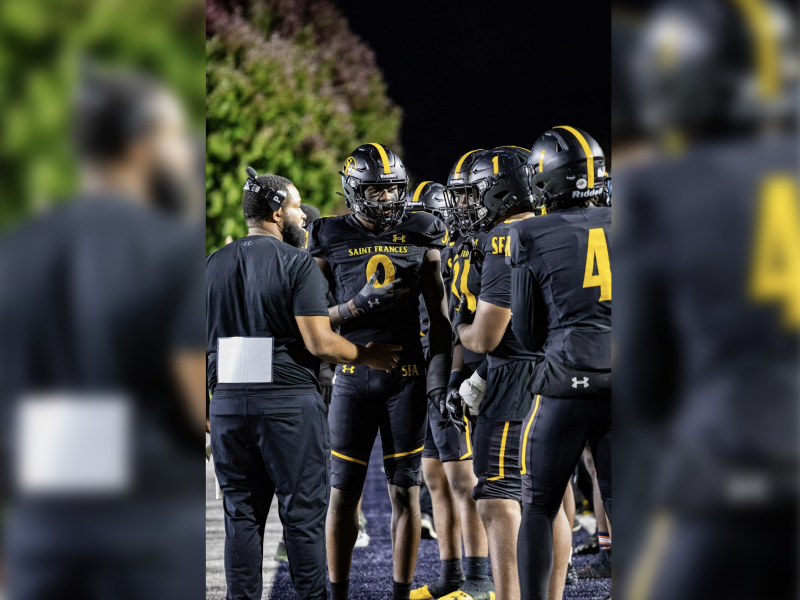Big offensive plays in college football are invaluable — the best teams often coincide with a consistently explosive offense. In each season since 2016, the College Football Playoff has featured a school that ranks in the top four nationally at generating plays of at least 10 yards.
Maryland football has made explosive plays a priority under coach Michael Locksley. That stems from the players he’s brought into the program.
“Big plays are made by big-time players, simple and plain,” Locksley said. “The way we do it on our offensive system, we try to give our best players as many touches as they can, understanding that within those touches, big plays are happening.”
Maryland ranked second in the Big Ten at creating plays of 10 yards or more in 2023 and 2021. It’s tied for sixth in the conference this season.
The Terps hope to generate eight-to-10 long plays per game. Programs like Maryland consider explosive plays as runs of at least 10 yards and passes of 15 or more.
[Strong second half pushes Maryland football past Virginia, 27-13]
Big plays have routinely come via the passing game in Locksley’s tenure. Since 2021, more than 74 percent of Maryland’s plays of at least 10 yards have been through the air. Quarterback Billy Edwards Jr. and the rest of the offense have already produced 31 of those plays this season.
A large passing gain can arrive in different forms.
Locksley said Tai Felton’s 75-yard touchdown catch against UConn on a five-yard hitch wasn’t an “exotic” play call, but a short pass like that can cause the defense to react.
Kaden Prather’s 26-yard touchdown catch against Virginia on Saturday was on a stop-and-go route, faking a hitch and sprinting past the defensive back to the end zone.
While the process was different, both Felton and Prather’s touchdowns were big plays.
“There’s many times when [offensive coordinator Josh Gattis] calls plays, I should be licking my chops, thinking that should be a big play,” Prather said.
The Terps’ rushing game is similar to their air attack.
[A position switch finally gave Isaac Bunyun his shot with Maryland football]
Redshirt freshman Nolan Ray said most run plays are designed to get running backs to the second and third level, where they’re expected to shake a defender. He said players can gauge in practice which playcalls are more likely to result in a long rush.
“We always want a one-on-one matchup with the safety because we have a lot of guys in the room who are able to make safeties miss at the third level and break off those big runs,” Ray said.
Maryland coaches believe that while certain calls are designed to break off for big chunks of yardage, talented players are responsible for a majority of explosive plays.
Offenses can be effective without manufacturing large gains — the Terps won’t force deep plays. Edwards said there’s a balance between taking chances down the field and taking what the defense allows.
The quarterback said Virginia did well limiting Maryland’s deep passing game, forcing the offense to throw a majority of short passes. While similar situations could arise as the season continues, the Terps’ history suggests the offense will rebound quickly.
“The big, explosive plays that we want and need will happen organically,” Edwards said.



